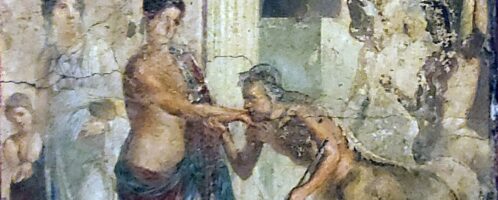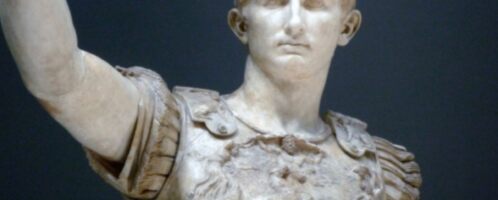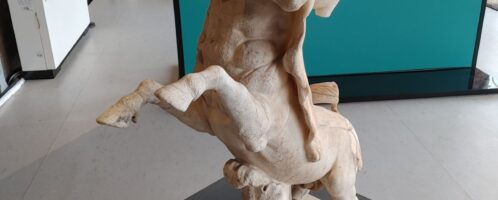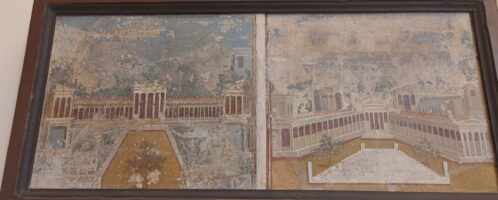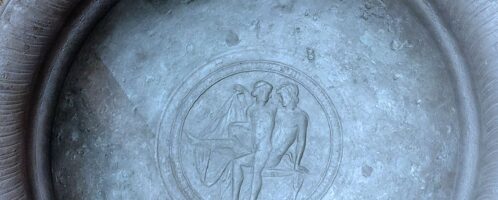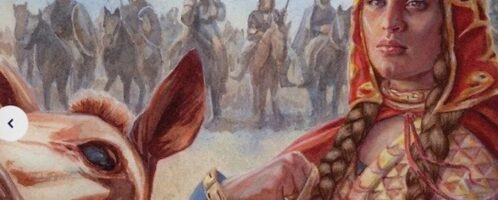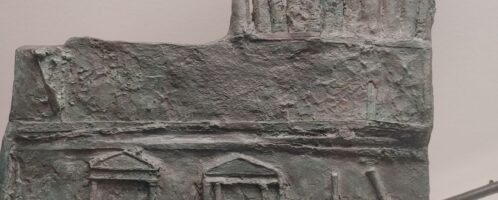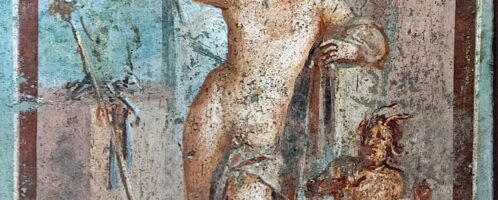Scythians and Sarmatians were not the only warrior nomads of Iranian origin described by Herodotus. To the east of them, in the territory of modern Kazakhstan, there were supposed to be the lands of the Massagetae people. They had in common with the Scythians not only their origins and way of life, but both peoples were also famous for defeating the Persians. Before King Darius I suffered defeat at the hands of the Scythians, the founder of the Achaemenid empire, Cyrus II, was allegedly killed by the Massagetae. The queen of this people, named Tomyris, is said to have kept the severed head of the Persian monarch in a sack filled with blood, justifying this by saying that it saturates the blood of those who were not saturated with blood.

